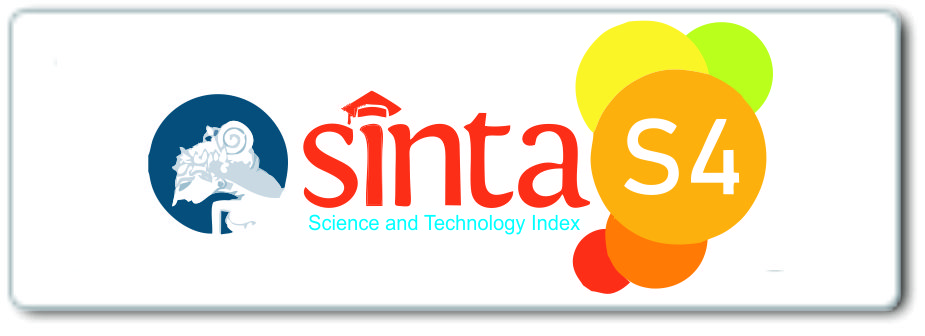Model Program Processing of Fishbone Waste Transfer for The Application of Drinking Water Products and Test Characterization
DOI:
https://doi.org/10.32734/jotp.v1i1.827Keywords:
processing, waste, innovation, filter, waterAbstract
The fish bone waste treatment program for the application of useful products, specifically as a natural ingredient of the drinking water filter.This program works with coastal communities in terms of providing raw materials. This program is a social innovation from the transfer of knowledge of the university's inventors to the coastal communities, in the aim to maintain and improve the cleanliness of the environment, which is then applied for the purpose of developing a water filter system. The contribution of this organic product is useful for Small, Micro & Medium Enterprises engaged in the production of food and beverages, as well as donations for cosmetic and health products to industries, as well as donations to policy development, through the application of environmental physics and science development to product development, pre-commercialization and commercialization (social engineering & manufacturing). The involvement of coastal communities in utilizing their waste is to achieve the empowerment of coastal communities, emphasizing community involvement to learn and cooperate for future development goals. Prior to the formation of this program, the community who failed to take care of its waste often had the waste dumped into the sea, rivers and garbage collection sites. The disposal causes the form of pollution problems that invite various dangerous diseases and cause the community environment to be clean, smelly and diseased. The results of the research have been done, Fish bone waste can be processed to be a product of water filter system resulting from fish processing industry, which contains high calcium. Fish bones are very rich in calcium that is needed by the human body, because the main elements of fish bones are calcium and phosphorus. The use of fish bone calcium is widespread such as overcoming coastal pollution and other environments in the disposal of heavy metals such as Zinc (Zn), Copper (Cu), Lead (Pb), and Iron (Fe).
Downloads
Downloads
Published
Issue
Section
License
Copyright (c) 2019 Journal of Technomaterial Physics

This work is licensed under a Creative Commons Attribution-ShareAlike 4.0 International License.








